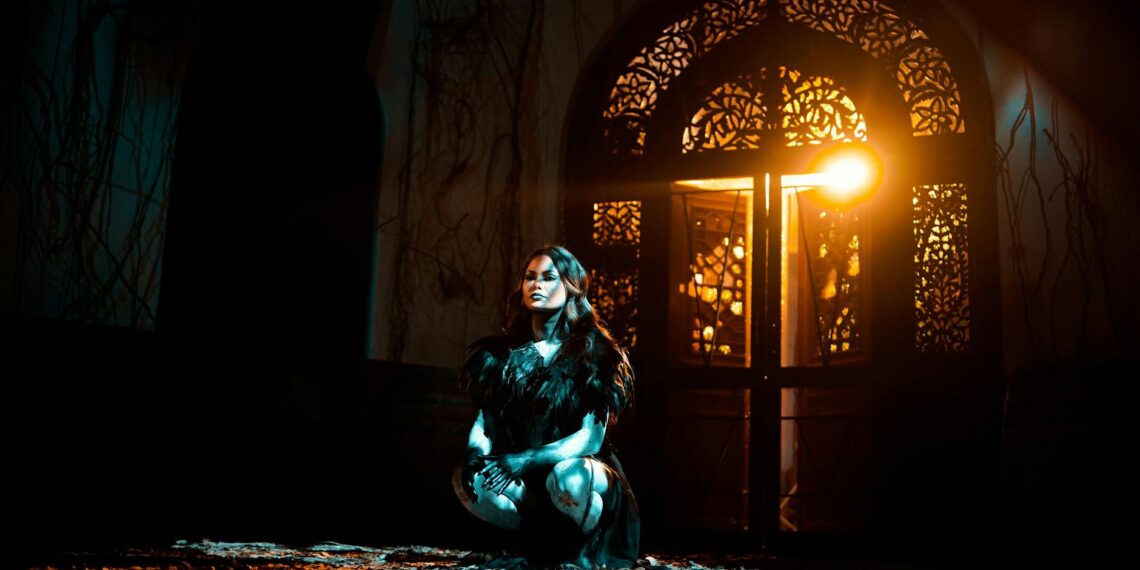It can be exciting to discover a coin that looks special and wonder if it might be a proof. Here’s a breakdown of how to identify a proof coin:
- Mirror-like Fields: Proof coins are known for their highly polished background areas (fields) that create a reflective, mirror-like surface. [According to Gainesville Coins] , these fields appear almost black in photographs due to their mirror-like quality.
- Frosted Devices: The raised design elements (devices) of the coin, including the date, lettering, and portraits, often have a frosted, sandblasted, or matte finish that creates a beautiful contrast against the mirrored fields. This is known as the “cameo” effect.
- Sharp Details: Proof coins are struck multiple times under high pressure, resulting in exceptionally sharp details and crisp edges, which are noticeably superior to regular coins.
- Mint Mark: Modern US proof coins produced since 1968 typically have an “S” mint mark for San Francisco or a “W” mint mark for West Point. However, not all coins with an “S” mint mark are proofs, as the San Francisco Mint has also produced circulating coins over the years.
- No Evidence of Circulation: Proof coins are not intended for general circulation and should not show any nicks, scratches, or other signs of handling or wear. They are made for collectors and investors.
- Packaging: Genuine proof coins from the US Mint typically come housed in plastic capsules or velvet presentation boxes and include a Certificate of Authenticity.
- Coin Grading: For valuable proof coins, it’s recommended to have the coin professionally graded and certified by a reputable service like PCGS or NGC. They will authenticate the coin, assess its condition, and provide a numerical grade.
- Edge Lettering: Some proof coins may feature edge lettering that is precisely and uniformly struck around the coin’s circumference.
- Historical Context: Consider the history of proof coinage. For example, proof Mercury dimes were only made from 1936 to 1942.
By looking for these key characteristics and considering the coin’s origins and handling, you can increase your chances of determining if it is a proof coin. Remember, the term “proof” refers to the specialized manufacturing process, not the coin’s condition. If you have any doubts, consulting with a professional coin grader is always the best way to get an accurate assessment.









Do all proof coins have an S on them?
Thanks for asking. All Proof coins since 1968 have been struck at the San Francisco Mint and feature the coveted “S” mint mark. Proofs are the highest quality coins struck by the U.S.
How do you tell if a quarter is a proof coin?
Thanks for asking. Proof coins have a mirror-like background with frosted design elements. The Mint uses a special process of manually feeding burnished coin blanks into presses with specially polished dies. Each coin is struck at least twice to bring out the details in the design.
How can I tell if my penny is a proof?
Mirror-Like Fields. The background areas of proof coins are highly polished to create a reflective, mirror-like surface that stands out dramatically from regular coins.
Frosted Devices. …
Sharp Details. …
Limited Production.
How to check if a coin is silver proof?
From my experience, Silver is non-magnetic, so it will not be attracted to a magnet. Despite this, there is slight resistance when gently sliding a magnet down a straight and smooth silver bar. The resistance only happens with straight smooth items however. This resistance, coupled with non-attraction, indicate the presence of silver.